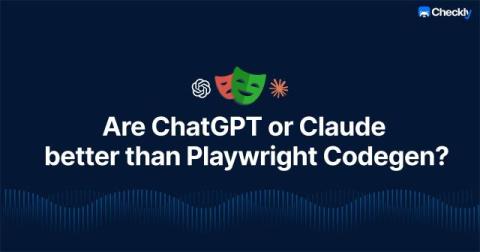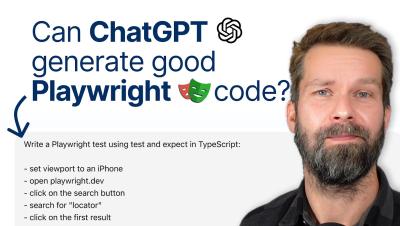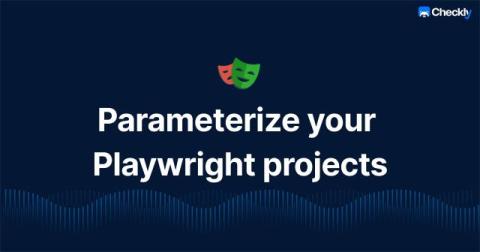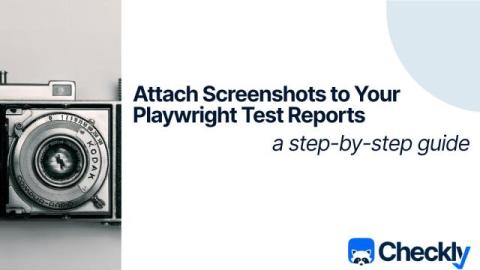Are ChatGPT or Claude better than Playwright Codegen?
I'm a bit of an AI skeptic. And even though GitHub Copilot is my daily auto-completion on steroids, I always double-check the code generated by LLMs. If you're using AI for coding, you probably know that the results are sometimes surprisingly good and other times shockingly terrible. Lately, I have seen more and more articles and even docs recommending ChatGPT to generate Playwright tests. Could this be true? Are ChatGPT and friends really that good at generating test code?











